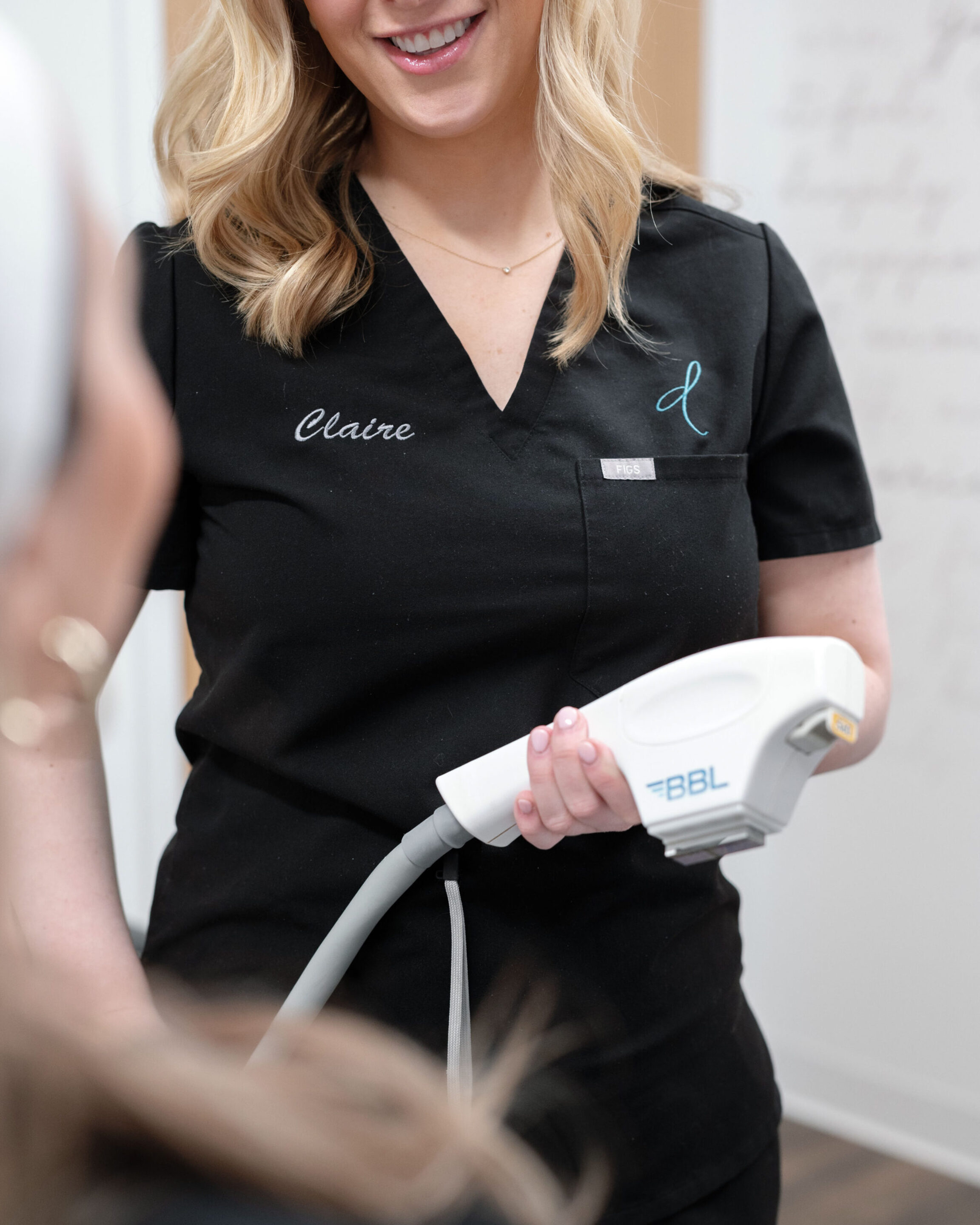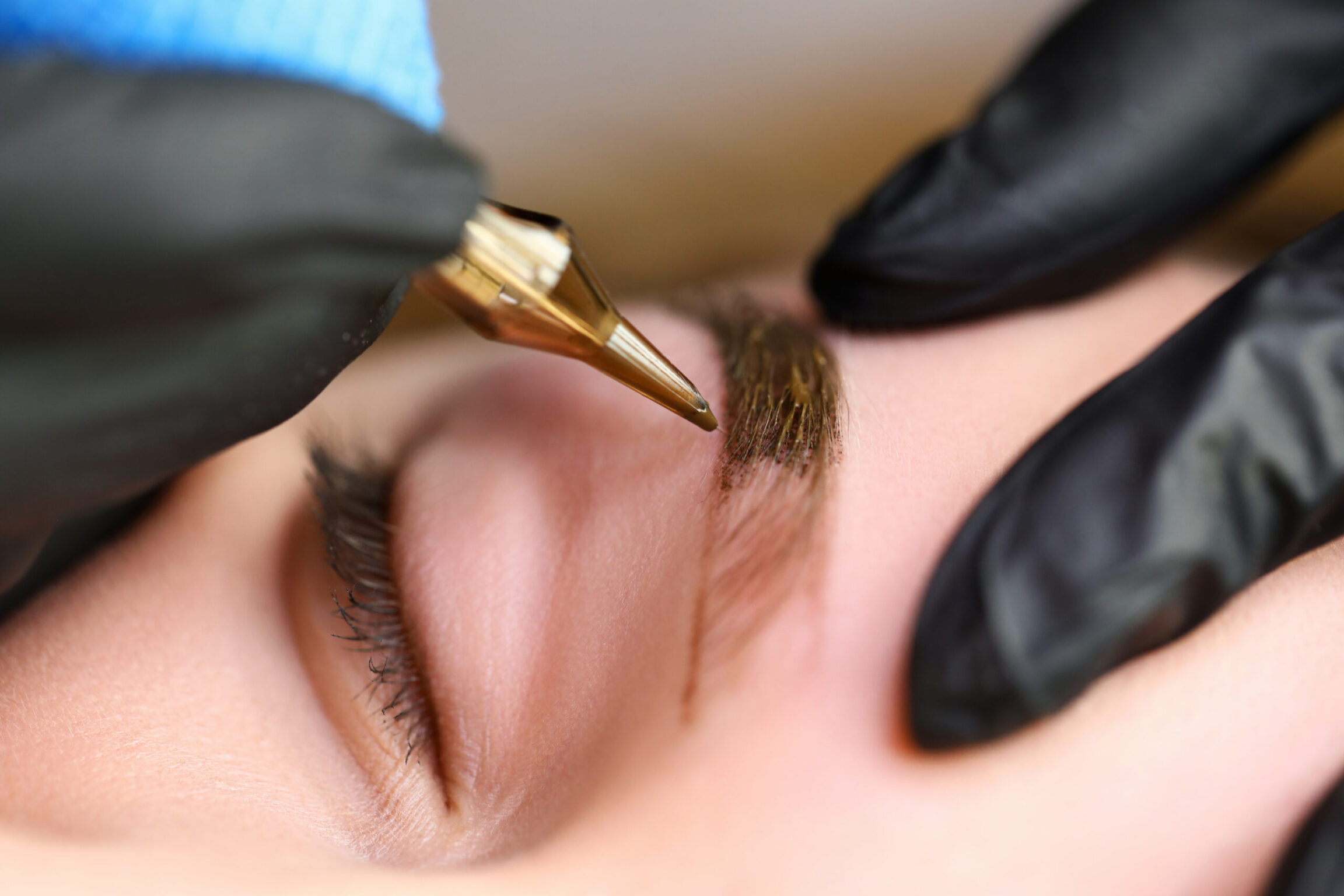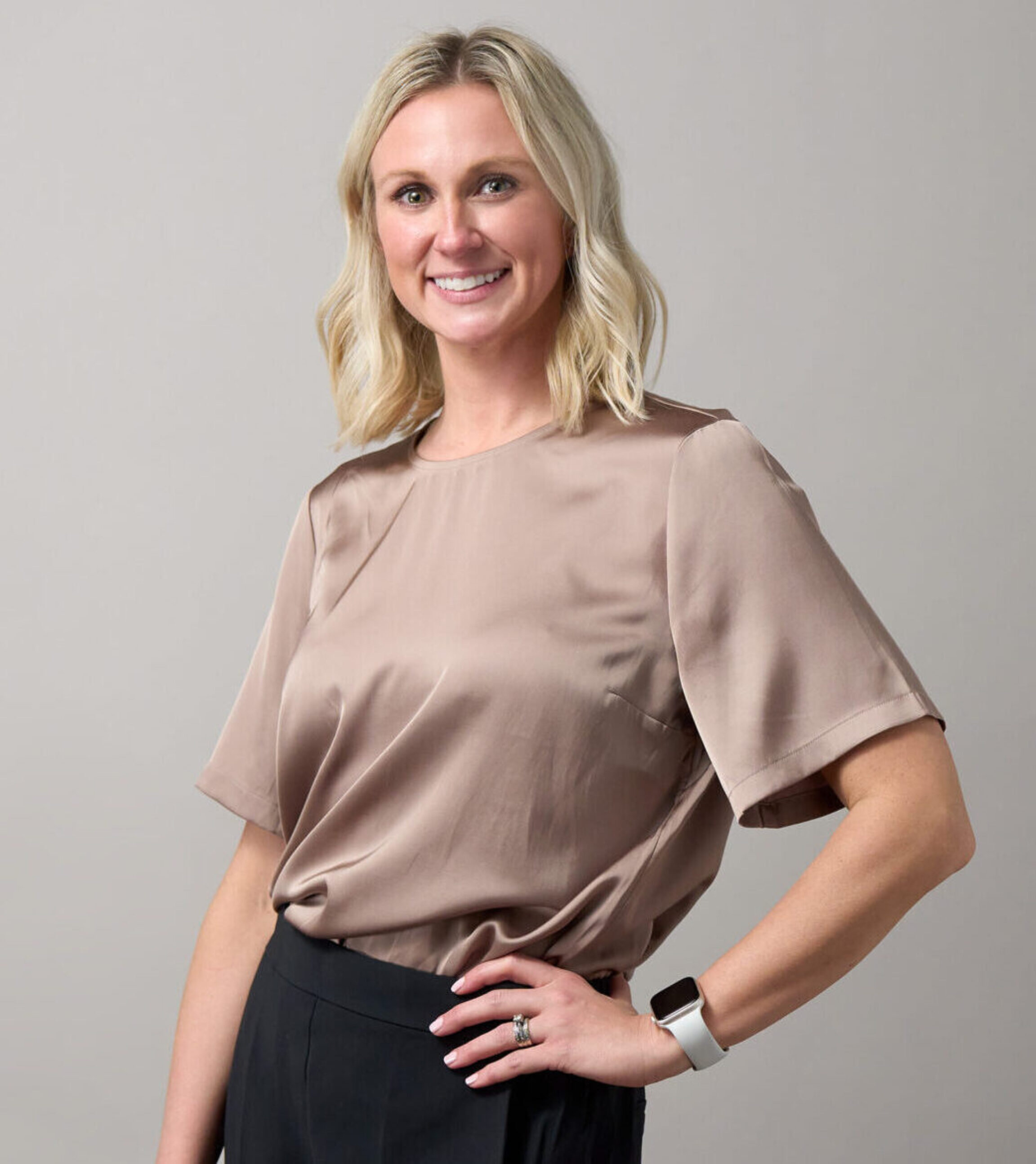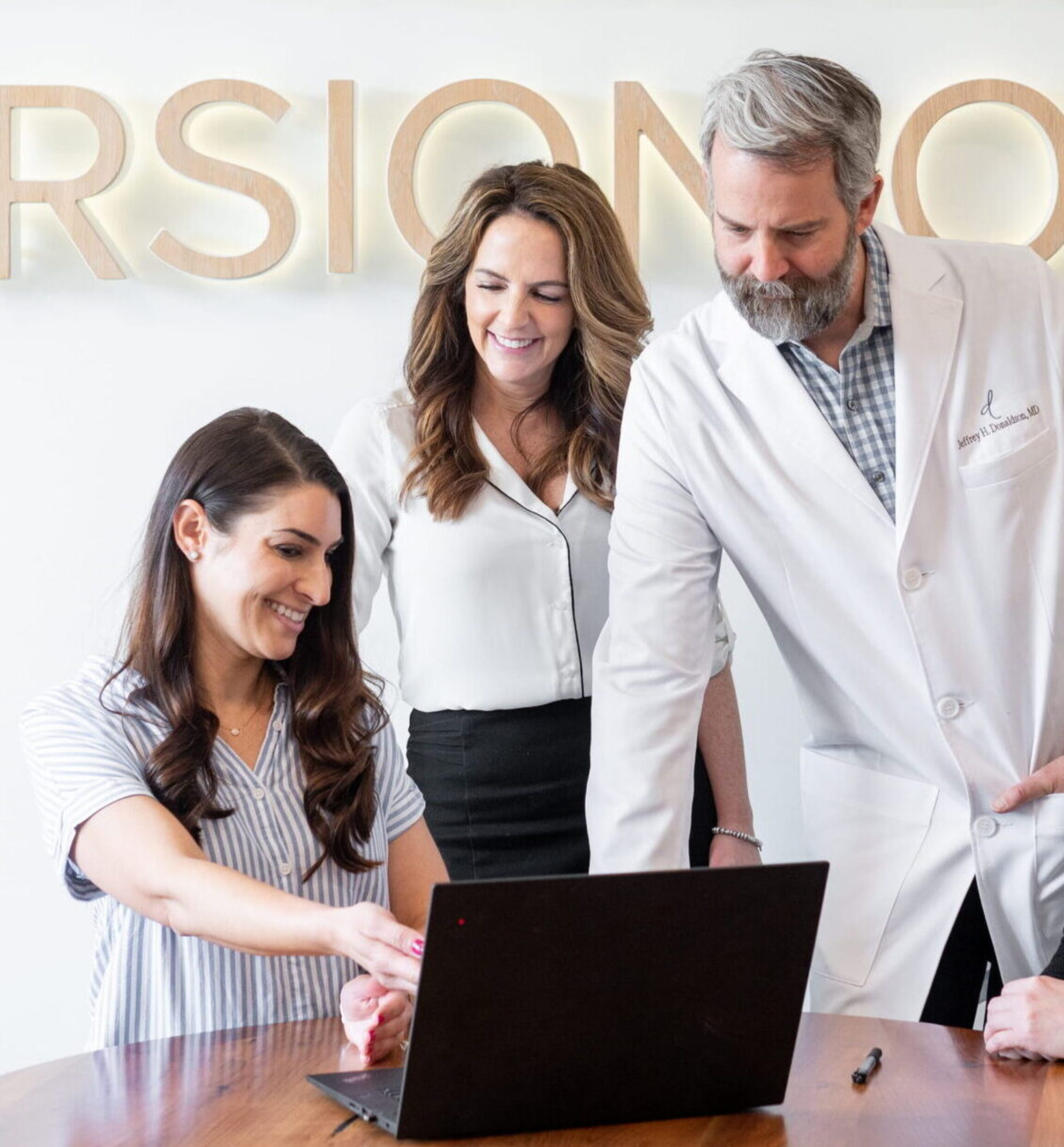Month: November 2015
 Pregnancy and childbirth are usually among the most momentous events in any mother’s life—emotionally, but often physically as well. After having a baby, it’s common to want to get back to a former weight and wardrobe; however, the transformation back to normalcy takes patience and time. While many new mothers are eager to achieve a pre-pregnancy body, the timing of a mommy makeover is important.
Pregnancy and childbirth are usually among the most momentous events in any mother’s life—emotionally, but often physically as well. After having a baby, it’s common to want to get back to a former weight and wardrobe; however, the transformation back to normalcy takes patience and time. While many new mothers are eager to achieve a pre-pregnancy body, the timing of a mommy makeover is important.
At Least 6 Months Are Necessary To Recover From Pregnancy & Childbirth
To optimize the results of plastic surgery, it is important to wait for approximately six months after giving birth. Some surgeons would consider operating after three months, and others recommend a full nine months to give hormones a chance to return to normal levels. Regardless of the exact timeframe, it is prudent to give a new mother’s body a chance to recover from pregnancy and childbirth so that surgical goals may be precisely calculated. Women who are breastfeeding should similarly wait for several months after weaning their babies. This delay allows breasts to stop producing milk and to finalize their “new normal” shape.
Parents should consider whether they plan to have more children. Mothers who anticipate future pregnancy despite having plastic surgery should expect a surgical revision at some point. For durable, long-lasting results, patients are advised to complete childbearing before proceeding with a mommy makeover.
Surgery can be immensely helpful to a young mom’s sense of self and confidence, and it often takes tremendous patience to wait until the circumstances are right.
About The Author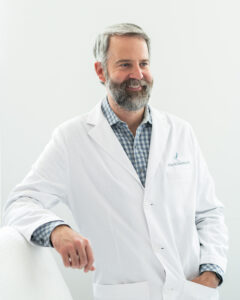
Jeffrey Donaldson, MD is one of the nation’s leading experts when it comes to the Mommy Makeover procedure. He has helped countless women reclaim their confidence throughout his 20+ years of experience and he hopes to help more patients make the right decision for themselves at this stage in their lives.
Related Articles

Read More How Plastic Surgery Can Enhance Health
How Plastic Surgery Can Enhance Health
Most known for its aesthetic benefits, plastic surgery can also be used to enhance your overall health & well-being.

Read More Perfect Procedure Pairings
Perfect Procedure Pairings
Discover the best plastic surgery combinations & most popular aesthetic treatment pairings designed to help you achieve your unique goals.
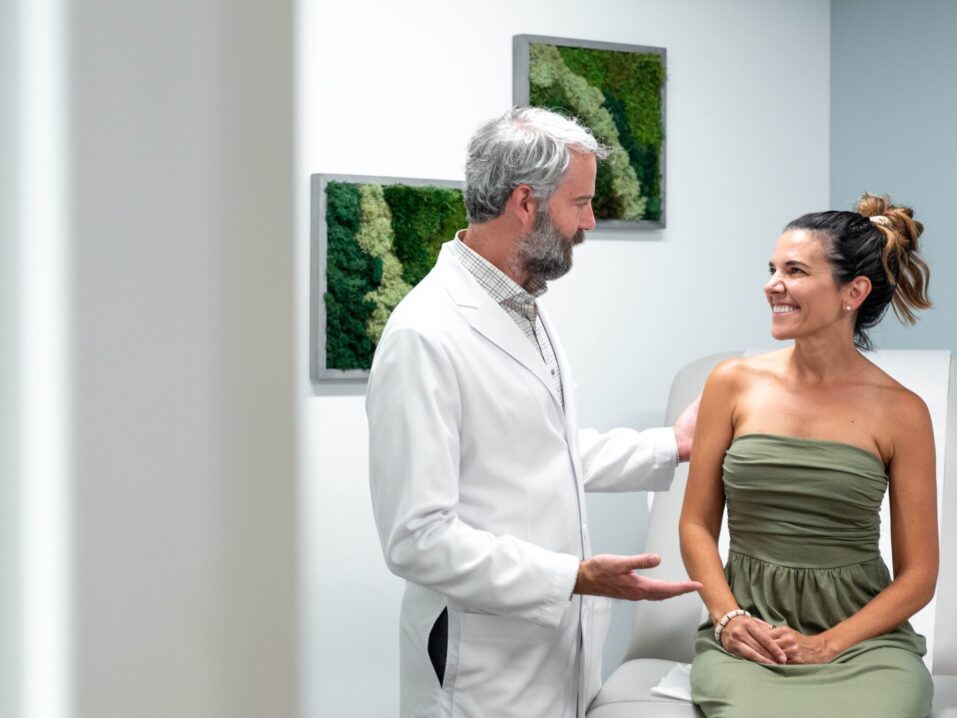
Read More Myths Busted: Plastic Surgery
Myths Busted: Plastic Surgery
Board-certified experts debunk prevalent plastic surgery myths with scientifically sound information to foster a better understanding of what actually happens in the operating room.
Once someone has decided to move forward with an elective procedure, it can be difficult to discuss these plans with family members. A patient might be especially concerned about how children will react to this news. Learn tips for discussing plastic surgery with kids.
Transparency Matters Most, But Details Can Be Masked Depending On Age
As tempting as it can be to hide surgical plans, communication between parents and children about this subject is vital and important. Patients should provide an explanation that fits the age and maturity level of each child. Younger kids need fewer details, but older children can understand a more candid discussion about plastic surgery.
It’s OK To Want To Feel Comfortable & Confident In Your Own Skin
It’s a good idea for adults to focus the discussion on a desire to feel comfortable and happy with one’s physical appearance. It’s not always possible to achieve effective results just by diet and exercise alone. Sometimes, a little surgical help is warranted. Patients should avoid saying anything that could potentially lead children to feel responsible for undesired physical characteristics, such as abdominal contours resulting from pregnancy or breast changes due to breastfeeding. Make sure that children know that parenthood and the creation of a family are far more important than any bodily issues connected with childbearing.
When discussing plastic surgery with young girls and boys, patients should pay special attention to sensitive self-image and self-esteem topics. Focus on the fact that the procedure is not a requirement for self-esteem. Rather, surgery is an elective procedure that helps the patient to feel as positive as possible about particular physical characteristics, and to be comfortable in one’s own skin.
Bring It Home With A Comparable Cosmetic Decision
Depending on the sensibilities of the family, it may be helpful to contrast the procedure with other aesthetic choices including makeup, hairstyling, fashion, piercings, nail painting, teeth whitening, and tattoos. Adults have a wide range of cosmetic options that are not options for children. These choices can help adults express themselves and shape how they are perceived by others.
By exploring the procedure and details candidly with children, responsible adults can prepare them for the process and the outcome.
About The Author
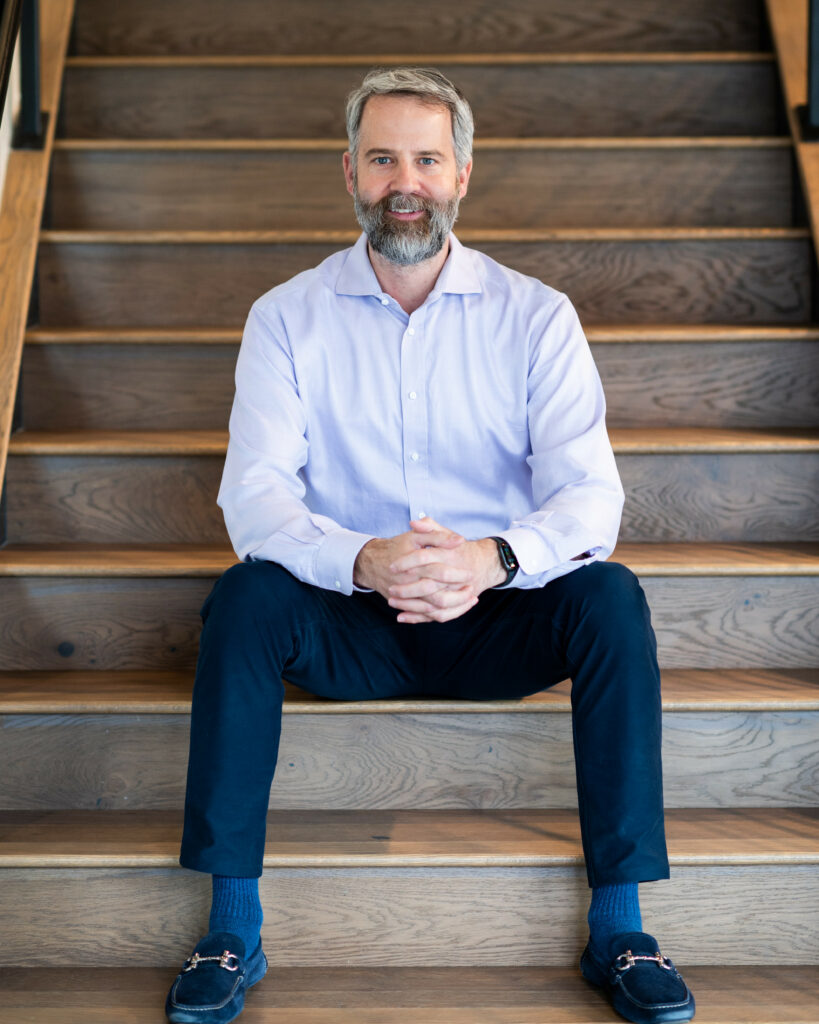
Jeffrey Donaldson, MD has spent 20+ years of his career performing successful cosmetic surgeries. Those life-changing procedures almost always begin with one-on-one conversations about the non-physical components of plastic surgery. He has worked with countless patients to help them explain their newly-reclaimed confidence to their friends and family as they move forward with this incredible decision.
Related Articles

Read More Which Breast Implant Placement Is Best?
Which Breast Implant Placement Is Best?
There are 3 standard placement options, each with its own distinct advantages based on your anatomy & aesthetic goals.

Read More Liquid Rhinoplasty vs. Surgical Rhinoplasty
Liquid Rhinoplasty vs. Surgical Rhinoplasty
Liquid rhinoplasty & surgical rhinoplasty differ in a key ways, including total downtime, permanence & the degree of anatomical change possible.
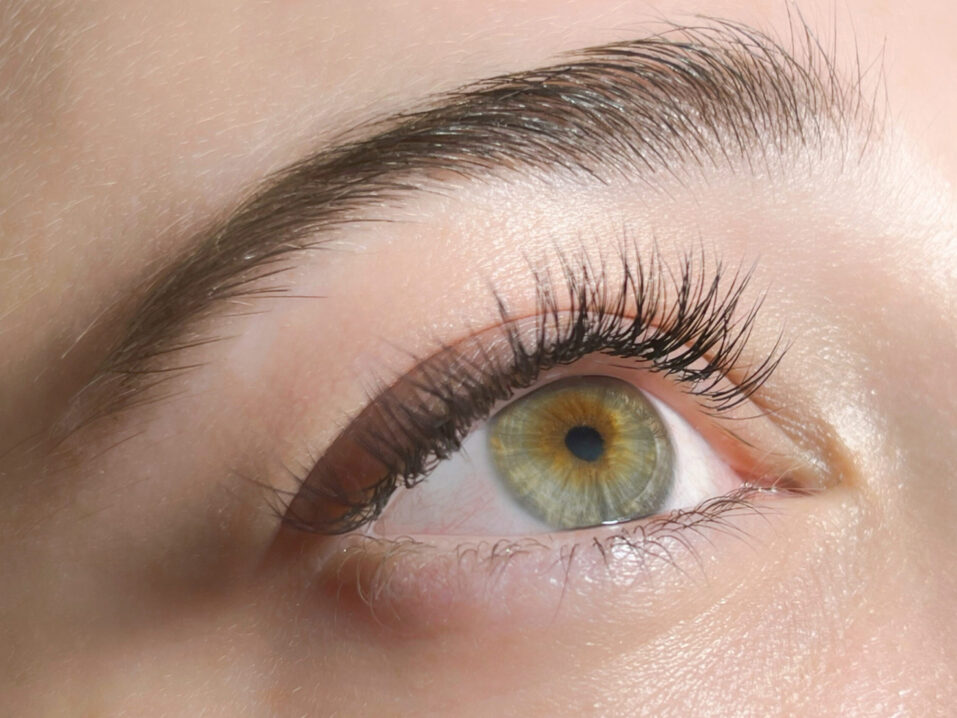
Read More Latisse vs. RapidLash
Latisse vs. RapidLash
Latisse is a highly effective, FDA-approved lash growth serum, while RapidLash is an effective over-the-counter solution designed to enhance lash health & appearance.
People who are regularly asked “Are you tired?” or “Did you stay up late last night?” or “Are you getting enough rest?” might be ready to explore eyelid surgery. By learning details about this procedure, patients can determine whether it fits their current health status, needs, and expectations.
The Procedure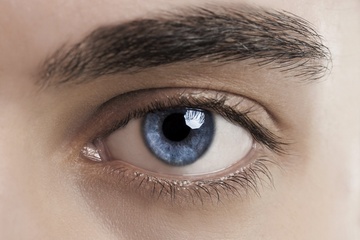
This surgical procedure involves removing extra skin, fat, and muscle from the face. It is possible to perform this operation on just the lower or upper eyelids or both at the same time. Upper blepharoplasty is usually a minimally invasive office procedure, while lower blepharoplasty is more complex and often requires general anesthesia with more protective measures.
Symptoms That May Make You A Qualified Candidate
Good blepharoplasty candidates have bothersome extra skin on their upper and/or lower lids. A plastic surgeon will help determine whether eyelid surgery is an appropriate option. Possible symptoms include:
- Fatty deposits
- Folds of sagging skin
- Bags and drooping
- Festoons
Who Does Not Qualify For Blepharoplasty?
Eyelid surgery may not be warranted in smokers or patients in poor health. Crow’s feet and bulging eyes are not corrected by blepharoplasty, and people with drooping brows could even experience worsening of symptoms after this procedure.
After understanding the typical risks and possible outcomes, a patient may wish to consult with a surgeon regarding blepharoplasty and how it would apply to their unique circumstances.
About The Author 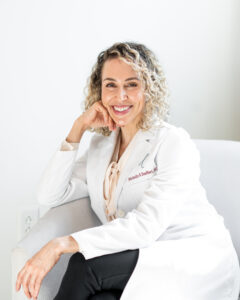
Dr. Michelle Sieffert is one of Ohio’s leading facial surgery experts. As a board-certified plastic surgeon, she has performed hundreds of successful blepharoplasties throughout her 10+ year career. She is also constantly researching new surgical techniques to make the experience safer, more comfortable and more effective for each of her eyelid surgery patients.
Related Articles

Read More The Donaldson 2021 Holiday Gift Guide
The Donaldson 2021 Holiday Gift Guide
We've done the hard work so you don't have to! Check out on the top gifts to give and receive this holiday season in our 2021 Holiday Gift Guide!
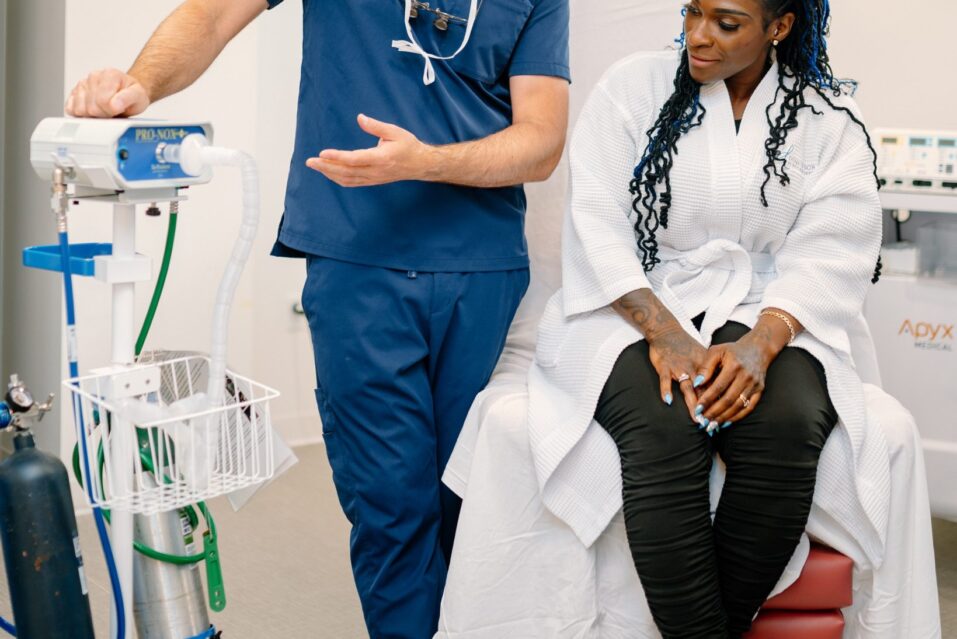
Read More Pro-Nox Offers Relief When You Need It
Pro-Nox Offers Relief When You Need It
our comfort is our priority, which is why we now offer Pro-Nox: a safe, easy-to-use pain & anxiety relief system.

Read More The Top In-Office Treatment Trends for Spring, 2021
The Top In-Office Treatment Trends for Spring, 2021
Demand for new in-office treatments is growing this season — and we bet there may be one or two that you didn't know you could benefit from! No downtime & no surgery required.

You Can Gain Weight After Lipo
Liposuction involves the removal of fat from specific regions of the body through tiny incisions. After surgery, patients are told exactly how much fat the surgeon removed, and they can see which parts of the body are most improved. Patients who do not simultaneously consider their diet and activity levels however, might find it hard to keep from regaining pounds after this operation. Because it’s common for the returning weight to appear more diffusely throughout the body, patients must play an active role in their own liposuction recovery.
The New Weight Will Likely Accumulate More Evenly
Fat cells do not multiply in adults—they simply get bigger or smaller according to weight gain and loss. After fat cells are removed via liposuction, these areas are permanently flatter because there are fewer cells to expand and contract. In a typical procedure, many of the fat cells that were once in the abdomen, hips, or thighs are gone. If a patient gains some weight after liposuction, this new weight will accumulate more uniformly across the whole body so that the liposuction areas are more proportionately affected.
Patients may notice weight gain most in new areas such as the face, arms, back, or chest since the post-surgical sites are better-contoured. In contrast, if the same person gained weight before surgery, the fat would have disproportionately accumulated in the problem areas. While some patients may not object to more fullness in the face, buttocks or breasts, most do not want to regain the fat. Ultimately, liposuction is intended to be a targeted contouring strategy, and it is up to patients to control their weight.
Is Liposuction The Right Procedure For Your Long-Term Weight Goals?
Ideal candidates for liposuction have responsible eating habits, exercise regularly, and have specific anatomic areas that are full of fat. Once the fat is removed, these patients find long-lasting improvement in their shape and contour regardless of whether they add a few pounds in the future. Some individuals may be more suited for a tummy tuck to achieve their goals.

Experiencing Weight Gain After Your Lipo Treatment?
You are not alone and you have a number of options moving forward. We invite you to get in touch with Donaldson Plastic Surgery today. A trusted member of our team will answer your liposuction questions and give you all of your options that can help you achieve your goals!
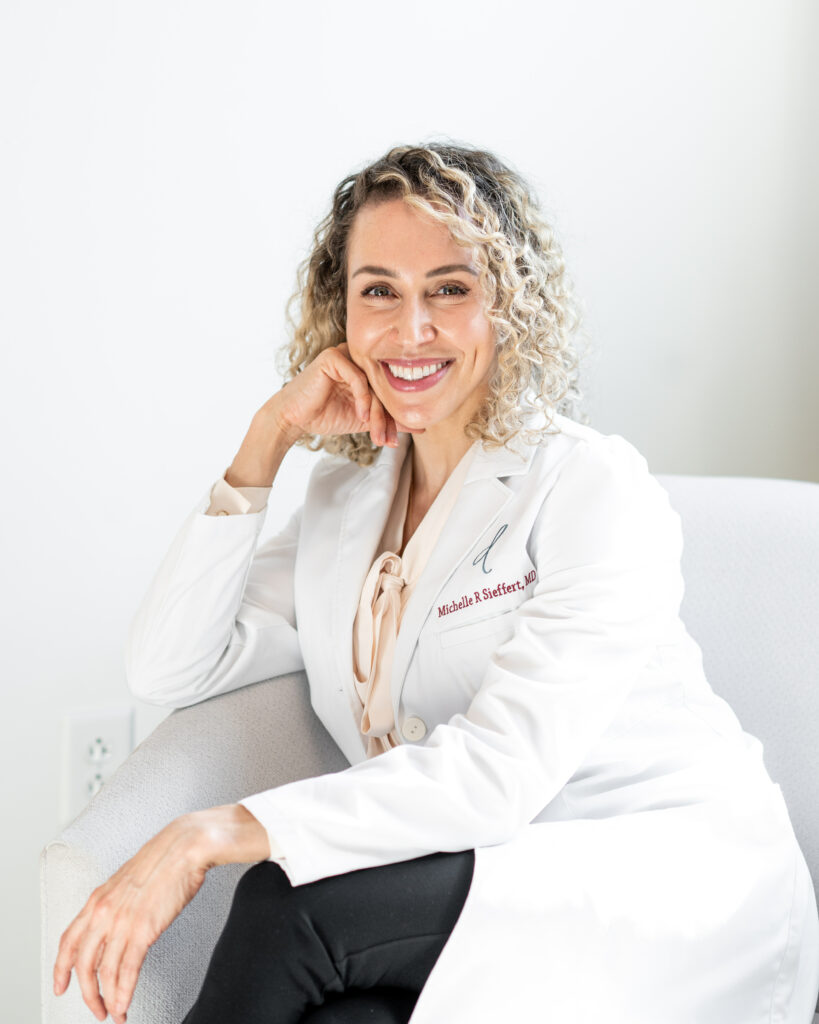
About The Author
As an experienced board-certified plastic surgeon, Dr. Michelle Sieffert has become one of Columbus, Ohio’s most sought-after liposuction experts. She actively performs successful liposuction procedures at Knightsbridge Surgery Center, the Central Ohio Surgical Institute, and the Dublin Surgery Center in Dublin, Ohio.
Related Articles

Read More How Plastic Surgery Can Enhance Health
How Plastic Surgery Can Enhance Health
Most known for its aesthetic benefits, plastic surgery can also be used to enhance your overall health & well-being.

Read More Perfect Procedure Pairings
Perfect Procedure Pairings
Discover the best plastic surgery combinations & most popular aesthetic treatment pairings designed to help you achieve your unique goals.

Read More Myths Busted: Plastic Surgery
Myths Busted: Plastic Surgery
Board-certified experts debunk prevalent plastic surgery myths with scientifically sound information to foster a better understanding of what actually happens in the operating room.








